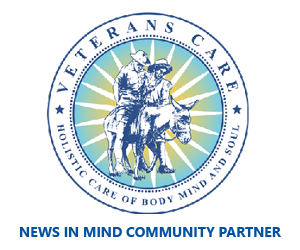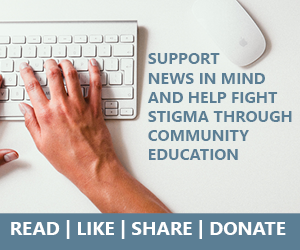Technology, particularly information sharing technology, has been something of a mixed blessing.
It is both a powerful tool for enabling change and disseminating information and also the most powerful stimulant for anxiety and depression ever created.
Anxiety isn’t just for Information Technology workers anymore. A vast number of people have anxious and depressed thoughts these days. And a lot of it is due to our over-use of technology.
Yes, there are genuine things going on in the world that disturb and make us anxious and depressed. There exists real uncertainty and cause for actual concern. We have to start thinking about how the current situation is going to be improved, and act productively.
But anxiety and depression are a trap. For some people it is a hole that cannot easily be dug out of, and it creates an emotional condition by which day-to-day living and working becomes impossible.
If you find yourself overwhelmingly anxious and depressed, particularly if you have suicidal thoughts, you need to consult licensed mental health professionals — this includes a combination of both psychiatric care and psychological counseling.
A psychiatrist can prescribe appropriate medications that can address chemical deficiencies in the brain, such as low serotonin and norepinephrine levels which are associated with depression and anxiety. A therapist can help you uncover psychological root causes for anxiety and depression and help you on your path to recovery.
Let’s start with mindfulness meditation.
Meditation can help mitigate many of the effects of anxiety by training the brain to function in the present moment — in other words, to help you live in the “now” rather than dwell on anticipatory racing thoughts that fuel both anxiety and depression.
The practice of mindfulness meditation originates in the religions of eastern cultures but there is scientific proof that it has many health benefits even when used as a purely secular tool.
At a very basic level, mindfulness meditation is centered around fixating on the act of breathing so that one becomes aware of the anxious thoughts and feelings that are distracting you, and thus form a better relationship with them.
It sounds simple, but it requires continuous discipline and ongoing practice for it to be effective. Meditation is a brain hack that actually changes the mapping of your neural pathways over time, so the more you do it, the better you get at it and the longer its therapeutic effects will last.
While you can practice it without any outside help, it is good for novices and even experienced meditators to have guidance during the exercise. And there are apps you can download to your mobile device that can assist you in the form of recordings to coach and reinforce the technique.
Two of the most popular apps for guided meditation are Headspace and Calm. Both of these are excellent subscription services that have guided programs that help you manage stress, anxiety, depression and other life issues.
The primary difference between the two is that Headspace uses a male, British voice (Andy Puddicombe) and Calm uses a female, American voice (Tamara Levitt) for their guided recordings.
Headspace has 30-day “packs” on different life topics in which you can specify the duration of the daily guidance, such in 10/15/20/30 minute sessions. Similarily Calm also has 7-day packs for topics, such as sleep, stress and anxiety, and a 21-day “Calm” pack as well as timed durations.
Headspace is free for the first 10 days while it guides you through a series of “Take 10” 10-minute meditations. It then costs $7.99 a month, or less if you commit to the longer-term packages.
Calm is $4.99 a month if you want access to their premium content, such as the packs and the “Daily Calm” which is their unique daily meditation. However, it contains a good amount of free content, such as their “7 days of Calm” and their 5 guided meditations, such as the Body Scan. Calm also has 5-user “Team” subscriptions, for $150 a year.
Both apps have very well-designed interfaces. Headspace is fairly spartan in its actual UI and uses illustrative animations and instructional videos that preface content which is managed by their production team. Calm uses pleasant moving bitmaps accompanying the audio. Both apps use countdown timers and audio players with controls, and both have reminder functions that you can schedule your sessions with.
The iOS versions of both apps integrate with Apple Watch, and Calm has specific Apple Health integration. Both apps link to your Facebook account so that you can use them on any of your devices regardless of platform and track your progress — this includes pure browser interface as well.
Both apps have the ability to cache offline content, although Headspace has a specific download manager whereas Calm gives you the option to download all recordings at once.
Another excellent meditation app is MHK, which is completely free. It differs from Headspace and Calm in that it is produced in accordance with Hare Krishna principles. Like Headspace, it uses a British voice guide in the recordings.
The meditations are shorter and are grouped according to spiritual categories, such as Body, Mind and Heart. While there are some Hare Krishna mantras used in some of the meditations, for the most part, the app is secular and is a good option for those looking for an introduction to meditation prior to purchasing one of the services above.
This piece by Jason Perlow was first seen on ‘ZDNet‘ on November 14, 2016.
























